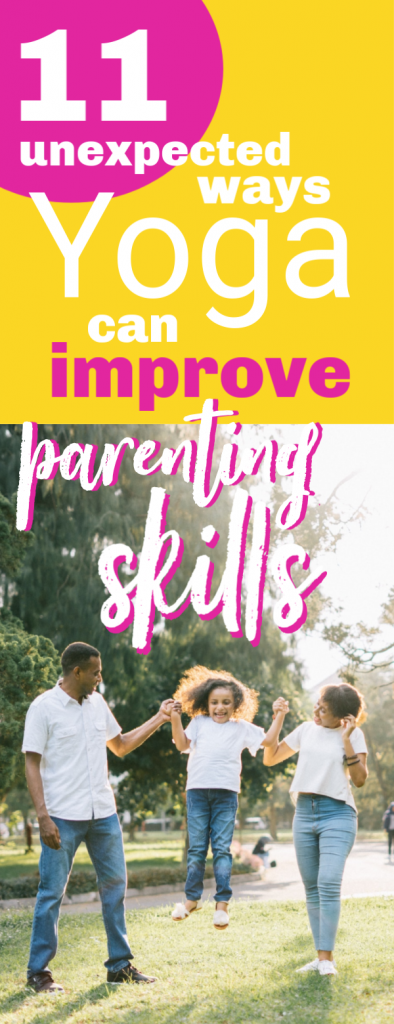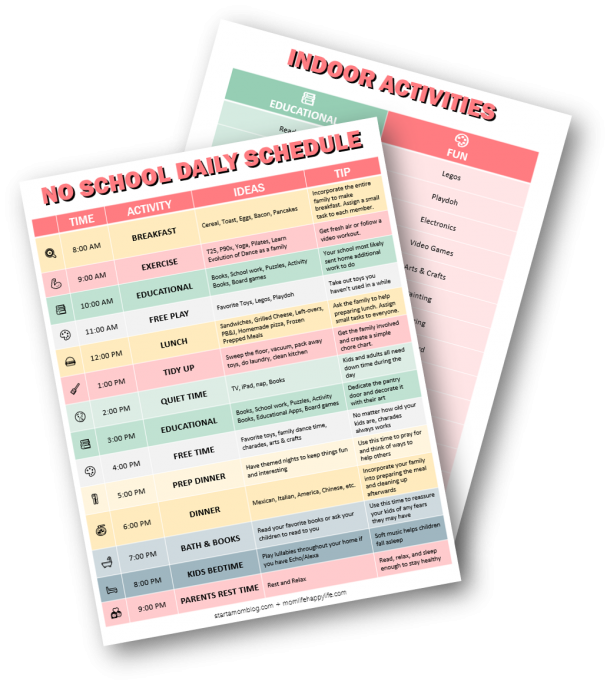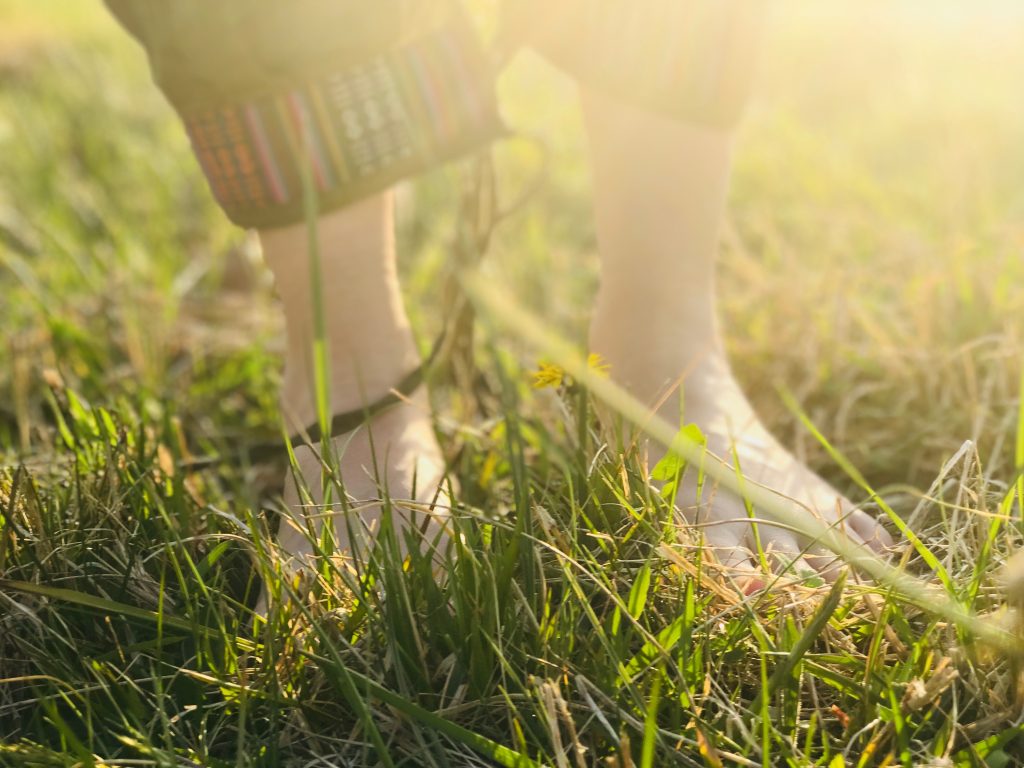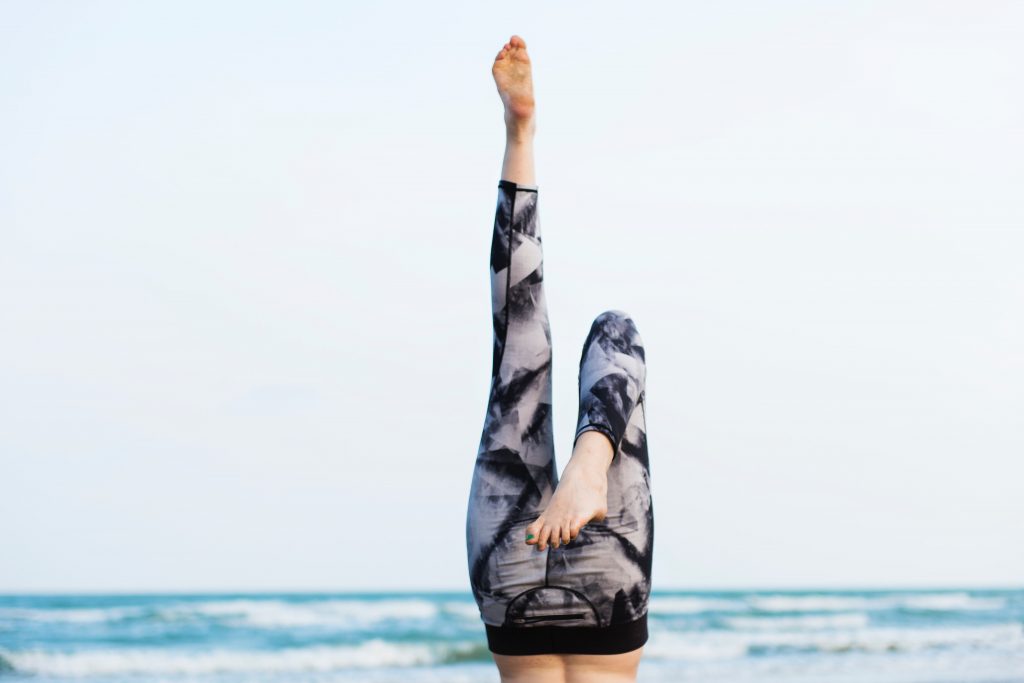11 Unexpected Ways Yoga Can Improve Parenting Skills
Yoga brings some obvious yet practical physical and psychological benefits to parenting: greater range of shoulder motion to reach into the back seat and prevent orange juice spills, patient composure in the face of your little one’s supermarket tantrums and great spinal alignment when you carry a sleeping baby from the car to bed.
But, it is the unexpected benefits of a consistent yoga practice that can be the next-level difference between being a role model parent and a raging, tantrum throwing adult yourself. We’ve all been there, and it hasn’t been pretty.

Yoga Can Help Parents Be Their Best Selves
After almost two decades practicing and teaching yoga around the world, I can say with confidence that the global similarities between yoga and parenting are many. Both practices can be love/hate, although we never want to admit to the hate part in either case. Both practices ask us to confront our less attractive qualities, overcome limitations and breathe deeply. Both yoga and parenting require full participation from us in the form of passion, perseverance and awareness. And, at times they can make us question our sanity, capability and commitment.
Parenting has been, unequivocally, the most gratifying and simultaneously humbling role of my life. Thankfully, it is that way for many of us, and so it has enabled me to come together in a very human way with other moms to share our insights, setbacks and hacks. As we support each other in best practices, we strengthen the bonds that bring out our best through pooped pants, divides over Doritos and the heavier upsets that keep us up at night.
Here are 11 ways you may not have considered that the practice of yoga can improve your parenting skills, and some insights on how to get started or expand your experience.
1.) Yoga Can Help You Love Your Body
Most of us would agree that we want our kids to have a solid head start at being healthy and safe – to create a legacy of health that they can then adopt and sustain. That begins with your relationship with your own body. Yoga helps you find real roots in a positive body image and strong relationship with your own body that you can pass on to your children. This can improve self-confidence, build character and foster great personal habits like hygiene, nutrition and self-care.

2.) Yoga Helps You Appreciate Learning
Once we graduate from school, many of us put learning new things on the back burner. Then, our kids begrudgingly shuffle through 12 years of organized learning, grumbling. Your example can lighten the journey. Let them see you continue to love learning! Studies have also shown that yoga can produce significant changes in learning-related stress, depression, worry and mindfulness. Equip and inspire them to enjoy the process! I always encourage practitioners (of all levels) to keep a beginner’s mindset so that they are open-minded to new ideas, welcoming of challenges and ready to let go of old patterns in exchange for new ones. This is the internal, non-muscular kind of flexibility we all need.
3.) Yoga Makes You Gritty & Perseverant
Yoga is an accessible, lifelong practice – a therapeutic program that purifies the body and steadies the mind. The physical postures are only one small part of a much larger system. There is no finish line in yoga, no one who is inherently “good” at it, only those who are more or less practiced at it. As we maintain practice over a long time, we start to view each and every experience as cumulatively valuable. You’ll notice yourself welcoming the challenges as a new opportunity to grow. If you have a solid, well-rounded and experienced teacher, you can keep learning and never get bored for your entire lifetime. Yoga offers a particularly strong benefit for your kids as they grow, as studies find yoga is an resilience important tool for students in school.

4.) Yoga Inspires You to be Active and Adventurous
In a way, yoga keeps you youthful. It keeps the body working and feeling strong and capable. It increases your energy. The breathing expands and nourishes all of your internal systems. It asks you to overcome limiting ideas about yourself, like that you could never, ever do a headstand or that your hamstrings will always feel like cement. Continuously re-imagining yourself through practice makes you more active and adventurous, which lets your kids really expand their own boundaries and play unabashedly. Some of my most committed students are well into their seventies, still exploring and discovering. How’s that for teaching your kids to keep going when the going gets tough?
5.) Yoga Inspires You to Get Into Nature
As you get healthier, stronger and more vibrant, the great outdoors will become a special refuge. Hikes seem achievable. Breathing in fresh air is a must. Barefoot in the grass sounds like a good idea. And, while you’re out there, the practice of mindfulness helps you notice all those special wonders you might otherwise have missed through distraction or fatigue. Nature is inherently interconnected, which gives you so much space to revere its complexity and honor how interconnected you are in it, too. An appreciation for the outdoors will begin to take root for you if it’s been a while and expand significantly for you if you’re an outdoors-y person who has just become a little separated from your health over time.

6.) Yoga Helps You Seek AND Enjoy the Present Moment
A lot of our everyday challenges happen because we simply don’t enjoy the present. Why would we want to BE present if we don’t ENJOY the present? There is often something more entertaining at our fingertips, whether that’s a show we can veg to, a text to respond to, a pile of laundry that needs doing, or even a long list of errands we’d feel a lot better if we could complete. The present is often, well, kind of disinteresting and dissatisfying, especially in a waiting room or in traffic. Yoga and mindfulness practices give us the opportunity to recognize that each “waiting” period in life – also known as “the present” for most of us on our way to the next thing – has all the power. The present is the place from which we make the best decisions, have the most control and the greatest ability to express ourselves authentically. Practice being in the present, especially in the most difficult times, and you’ll develop stamina for enjoying really being with your kids, even when they’re making you nuts.

7.) Yoga Makes You a Better Listener
Ok, so you accomplished #6 and now you’re really present as your child is giving you a list of reasons while she shouldn’t have to tidy her room. You go back and forth about this weekly, and you have already decided how you’re going to respond once she finishes. You also know that way usually ends in a battle. BUT, you’ve recently learned several mindfulness practices that have taught you how to release your current thinking and your opinions in favor of having a new experience. (Postures can do that, it’s part of why we do them). So, you decide to REALLY listen to your daughter as if she’s about to proclaim something miraculous. It may be that you hear something totally new you’ve never considered before. It may also be that just that act of listening better makes you feel more connected to her. Either way, deeper listening can shift the dialogue just enough to put you on a better trajectory. Practice this whole process frequently to make major communications changes.
8.) Yoga Helps You Let (The Right) Stuff Go
Letting it go is a tricky buzz phrase, as it can be wildly misinterpreted as “doormat yourself in the name of peace.” Not everything needs to be let go of permanently or left unaddressed. One of the ways yoga is most helpful in these ‘should I go to bat for this or not?’ scenarios is that it helps you be more discerning. In yoga, we talk a lot about “deepening” into postures, into experiences and into ourselves. If mis-practiced, this can result in people overextending themselves into injuries or letting themselves off the hook when challenging themselves is more in order. Letting go is not about being flippant about your well-being in order to practice letting go. It’s also not about letting your kids off the hook if it’s an important time to teach them discipline. Yoga helps us learn to gage whether we’re challenging ourselves or overdoing it in a posture or practice. In the same way, we can also learn to determine which of our personal issues with family members can be released for our overall good (let go of) and which need to be tackled with love and tact.

9.) Yoga Helps You with Self Control
You can probably imagine that having better balance and being more physically flexible might help you control your body. It does. Consistent yoga practice improves balance, coordination and extension. In the same way that the physical practice of yoga, or “Asana,” lets you move with greater freedom, the deeper layers of the yoga practice, like meditation, teach the same control of the mind, spirit and emotions. In many cases, all of this happens simultaneously. We find ourselves generally happier, more resilient and full of vital energy. The eight “limbs” or focus disciplines of yoga are designed to help you have greater control over the fluctuations of the mind, emotions and senses. You’ll be less likely to meltdown or leap from a window over everyday occurrences.
10.) Yoga Benefits Families and Kids
Having a family pastime that everyone can do at their own level and non-competitively is awesome. We find the kids in our kids yoga program (ages 3-10) are leaders in integrating mindfulness into playtime, interactions with their peers and also (miraculously!) bedtime. Yoga can help children have a closer relationship with their bodies, understand key concepts like self-care, listening, empathy, friendship and patience. They develop internal tools to help them self-soothe, calm down and make better choices. The great news is that yoga is now taught in many schools and programs, which has been proven to positively affect behavior. If your child’s school doesn’t offer yoga, this is your chance to find an activity you can all do together that equips them with these important life skills. And, you can use what you learn together as additional parenting tools to guide their growth as compassionate humans.

11.) You Can Start Yoga At Any Age
As a teacher, I’ve worked with thousands of moms to incorporate yoga into their family’s lifestyle. Very often, that starts for new moms when they find out they’re pregnant and want to do the very best for their baby. Yoga can be practiced all through pregnancy – consult your doctor of course – and, at a basic level, even in the post-partum months following birth. From there, Mommy and Me classes make space for moms to practice with their babies, then there are many yoga for toddlers programs, kids yoga groups, yoga for families, yoga for tweens and yoga for teens, which ushers them right into adulthood. Unlike many other sports, activities and practices, yoga can be an anchor and compass for your family and children at all ages and for an entire lifetime, starting with you.
Some Bonus Tips: What should you know before starting yoga with your family?
Here are a few suggestions to guide the beginning of your journey. (This post contains affiliate links, which means I receive a small commission, at no extra cost to you, if you make a purchase using the links).
Where can you practice yoga for families?
Decide if you want to practice in a studio or in your own home. You can start simply with fun and free videos on Youtube or do an online course at home. There is something really special about getting social with yoga, and you can do this by searching out a studio or kids yoga program near you. Simple Googling will do the trick.

How Can You Find a Kids Yoga Teacher?
This is an important one. The skills, training and personality of your studio and teacher will make a big difference in your progress. Take time to do your research, learn about the teachers’ credentialing and experience so you can be sure you’re getting the best program for your family’s needs. Most yoga teachers need a minimum of a 200-hour certification, and many will add on a kids yoga certification, although this may not be a requirement of every studio. These are the certification minimums you’ll want your instructor to have in a professional environment.
What equipment do you need to start a yoga practice?
Great news here is that yoga is a relatively inexpensive practice when it comes to gear, and you don’t need much! Most studios will rent yoga mats or have them for free use. I recommend getting one that you can use, especially for your kids, as you’ll have more control over hygiene and you can use it to teach them about being responsible for their belongings. For beginners, it’s nice to start out with two yoga blocks and a strap, a hand towel if you tend to sweat and of course water.
How much does a yoga mat cost?
This is a decision you don’t want to make by price. Rather, decide how much you’re going to use it and look at the materials used. The quality of a mat will affect things like grip, ease of movement and the life of the mat. A regular $20-$30 mat is fine for beginners and will last you about a year. Try to get an eco-friendly mat so the materials are safe. Kids mats should be about the same price, and you can get fun prints and designs on the mats if you search Amazon. A high-quality mat will cost somewhere between $60 and $120, but will outlast the cheaper mats tenfold. This might be a high initial cost for a new hobby, so you can always start with a less expensive mat, build momentum and then invest in one down the road. Here are two suggestions for a kids eco-friendly mat (yellow) and an adult mat (blue) on Amazon that I think are great starter mats:
What if my child doesn’t want to go to yoga?
We have run into this several times with our guy Duke, 8, who we’ve had enrolled in our kids program since he was five. We never pressure him to go and find that he ebbs and flows with it as he is growing up. We’ve also found that letting him move through these phases lets him develop his own relationship with the practice separate from us and empowers him to choose it as he feels its valuable. Right now, he’s back again and excited about classes.
What experience have you had sharing yoga with your family? Do you use yoga to improve your parenting? What do you do when your kids want to quit an activity? Let me know in the comments below! The more mindfully we’re able to approach taking care of the people who are most important to us, the more natural it will be to breathe easy through the practice of parenting.

Nadia Hopkins is a passionate believer in every person’s opportunity to achieve optimal health and vitality in the body and mind. A two-decade practitioner and teacher of yoga, Nadia draws from a multitude of yoga, mindfulness and holistic disciplines to help women make important shifts towards comprehensive health and deliberate balance.
Nadia is the Co-Founder of the award-winning Prana Das Yoga Therapy & Healing Arts Center with her husband, Derek. She recently partnered with OBGYN Scott Dinesen to design an online course on Yoga & Mindfulness for a Healthy Pregnancy.





